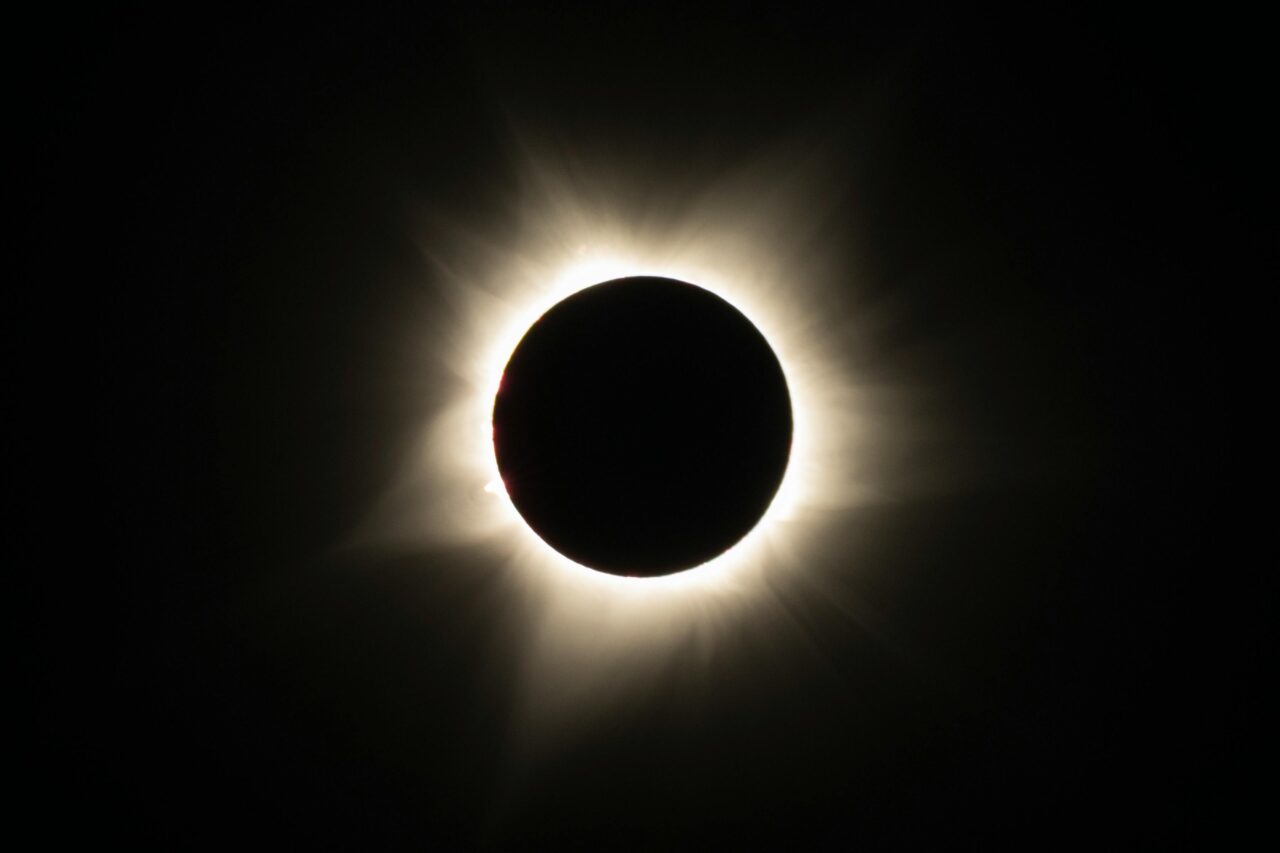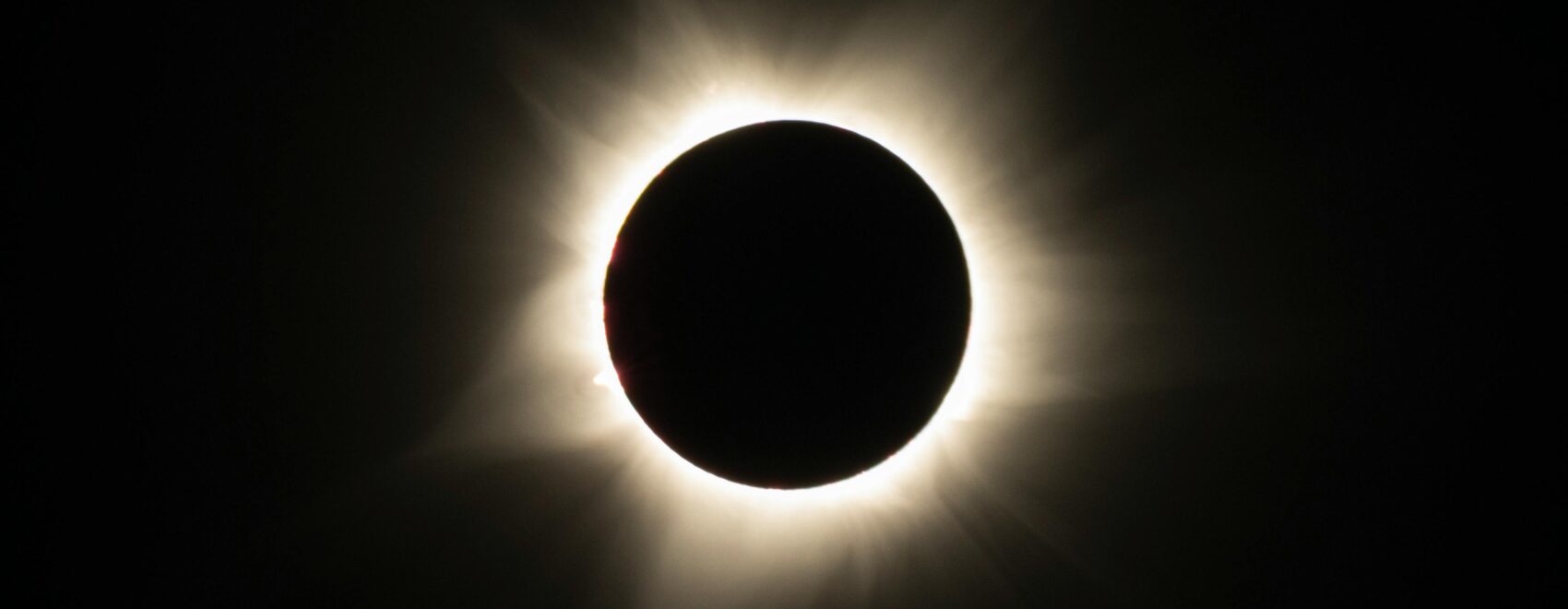The 2024 North American Solar Eclipse on April 8, 2024, will be a spectacular phenomenon to witness. The path of totality, where observers will experience the full blackout of the sun, will pass over parts of the United States, Mexico and Canada. According to NASA, those within the centerline of this path can expect the total eclipse to last about four minutes; however, specific city-by-city times and durations will vary.

Truck drivers should be prepared, especially those who will be working during the time of the total solar eclipse. Review these reminders and tips to help ensure that you—and the travelers you are sharing the road with—remain safe.
What to Expect
The path of totality will begin over the South Pacific Ocean, head toward Mexico’s Pacific coast, and continue through parts of Texas, Oklahoma, Arkansas and several states in the Midwest and Northwest. It will conclude in Canada, passing through regions in Ontario, Quebec and the Atlantic coast of Newfoundland.
As visitors flock to areas in or near the path of totality, many counties have declared a local disaster or state of emergency to manage expected impacts, such as:
- Traffic congestion.
- Cell reception issues.
- Large crowds due to local events and viewing parties.
- Shortages of supplies, including fuel.
- Increased pressure on emergency services and public transportation.
- High demand for accommodation such as hotels and other lodgings.
Where possible, drivers are encouraged to avoid travel during the eclipse or in the area of the path of totality.
What to Prepare
As April 8 approaches, know where you will be and when your area will be in the path of totality. This will give you time to plan where to park and for the weather. Clear skies are ideal for eclipse viewing. Although cloudy conditions can obscure the eclipse, the darkening effect can still be observed.
It is important to pack the right supplies to safely view the eclipse and be prepared for any emergencies, including:
- Special eclipse glasses that meet the ISO 12312-2 international safety standard. Regular sunglasses, no matter how dark, are insufficient to protect your eyes from harmful solar radiation.
- Drinking water and snacks.
- Any necessary medications as well as insurance cards.
- Mobile phone and charger.
- Hard copies of maps and a compass.
- Sunscreen.
- Rain gear.
- First-aid kit.
- Cash, in case ATMs and credit card machines are down.
Safety Tips for Drivers
Follow these guidelines to safely view the eclipse and navigate additional traffic:
- Make sure you have a full tank of gas in case you are stuck in traffic.
- Turn on your headlights well before the eclipse to improve your visibility and ensure others on the road can see you. Keep them on for the duration of the eclipse.
- Keep your eyes on the road, and do not attempt to watch, photograph or video the eclipse while driving.
- Do not pull over to the side of the road, highway or interstate to view the eclipse. Instead, exit the roadway and park in a safe area away from traffic.
- Eclipse glasses should be worn at all times when viewing the sun’s disc. Never look at the sun through an unfiltered camera, telescope, binoculars or any other optical device while using your eclipse glasses, as concentrated solar rays can damage the filter and enter your eyes.
- Do not wear eclipse glasses while driving. Put the sun visor down to block your view of the sun.
- Wear sun protection if you are going outside during the eclipse. The sun can still be bright and result in burns.
- Be a defensive driver. Reduce your speed to allow more time for emergency maneuvers.
- Watch out for pedestrians. There may be people standing in or near the road to view the eclipse.
- Don’t rely only on cell phones for navigation, as service could be affected.
- Following the eclipse, many people will be anxious to get on the road. Take extra caution and be patient when entering and exiting the highway.

